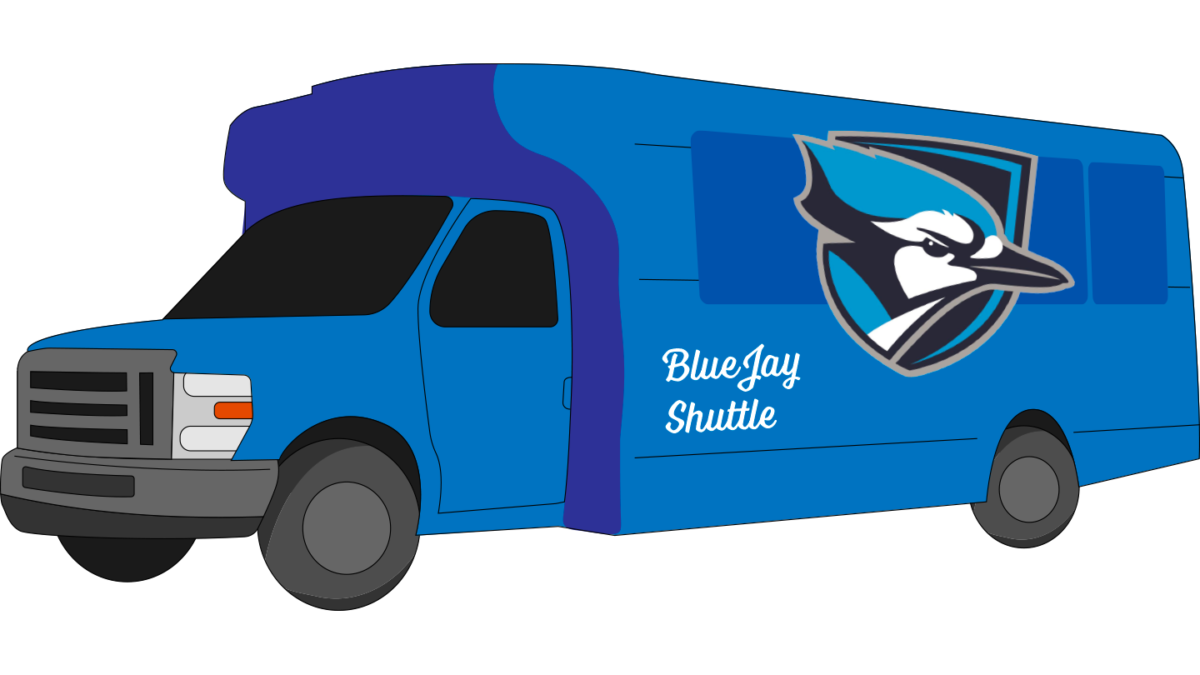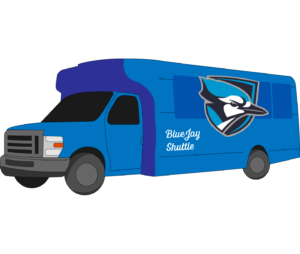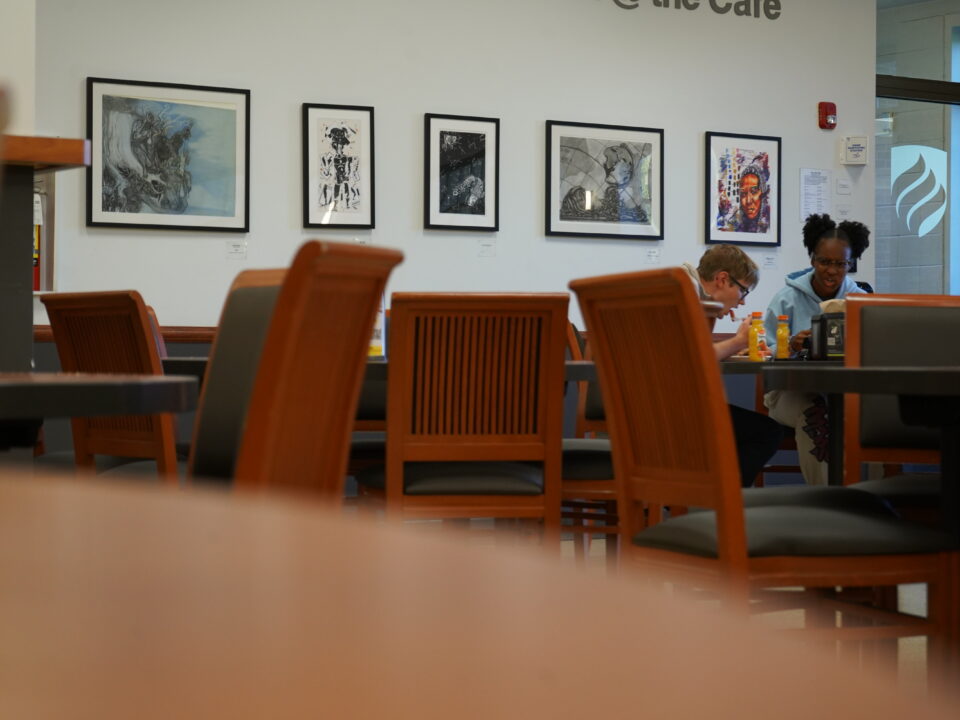Elmhurst University needs to provide commuter students transportation help

On my first day of school at Elmhurst University, some random person named Remy drove me to campus.
No, I didn’t just hop into some stranger’s car — I was there when the “stranger danger” lesson was taught in second grade.
The fact of the matter is that Remy was not just any stranger, he was my Uber driver.
I took an Uber to school because first-day jitters kept me up all night, and I didn’t feel like I could safely drive to campus with only an hour of light sleep under my belt.
Although my ride was quite pleasant it was also quite pricey, as is the case with Uber, Lyft, and similar transportation services.
Many commuter students may find themselves in need of a ride at some point for a variety of reasons, and they shouldn’t have to pay much — or at all — for it.
Elmhurst University needs to have at least one affordable, reliable transportation service that can take commuter students to

Graphic by- Abbey Mark
school and back.
Transportation access can be a financial challenge for some students. According to the College Board, transportation could account for roughly 11% of living expenses for college students in the U.S. during the 2022-2023 and 2023-2024 school years.
Students already have to worry about paying for tuition, books, extracurricular fees, and more. Why add transportation costs to their plate?
While public transportation can sometimes be a cheaper alternative to driving oneself to school, it’s not always reliable for college students.
Not only do pricey transit tickets and passes pose a problem for some students, but transit schedules may not align with students’ schedules, and transit stops may be far away from students’ homes.
Not to mention, record-breaking student enrollment has led to a hectic parking situation. Given the safety hazards that could occur when everyone is trying to cram into the lots at once, school-provided transportation services are very much needed.
With multiple obstacles to transportation access at stake, it’s important for EU to consider several potential solutions.
For instance, to help alleviate the cost of public transportation, EU could team up with a public transportation service to provide free or discounted rides to students with valid school IDs.
EU could also implement its own bus service, which could include several buses that make stops in suburbs near Elmhurst and throughout the Chicagoland area.
EU already has its own shuttle bus, the Bluejay Shuttle, but it only takes students between campus and local shopping destinations nearby, the furthest location being the Oak Brook Mall.
EU should consider expanding on its existing shuttle bus service to provide more practical services both around campus (getting students from building to building) and off-campus (getting students to campus and back home).
Another solution could be a ride-sharing service. Harper College, a community college located in Palatine, announced this school year that it will soon be offering a ride-share pilot that includes discounted rides to and from campus.
Since Harper serves a large area covering 23 different communities, a ride-share service will give many students a better route to school. EU, which also serves students from many different areas, could benefit students similarly with its own ride-sharing service.
Additionally, a ride-sharing service can help students reduce their carbon footprint and foster connections between their fellow Bluejays.
For a school that claims to appreciate and support commuter students throughout their journey in college, EU should take action to ensure students actually have a journey to get to campus in the first place.


